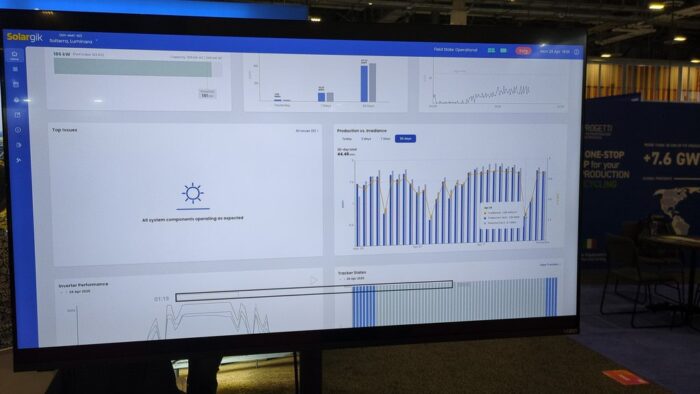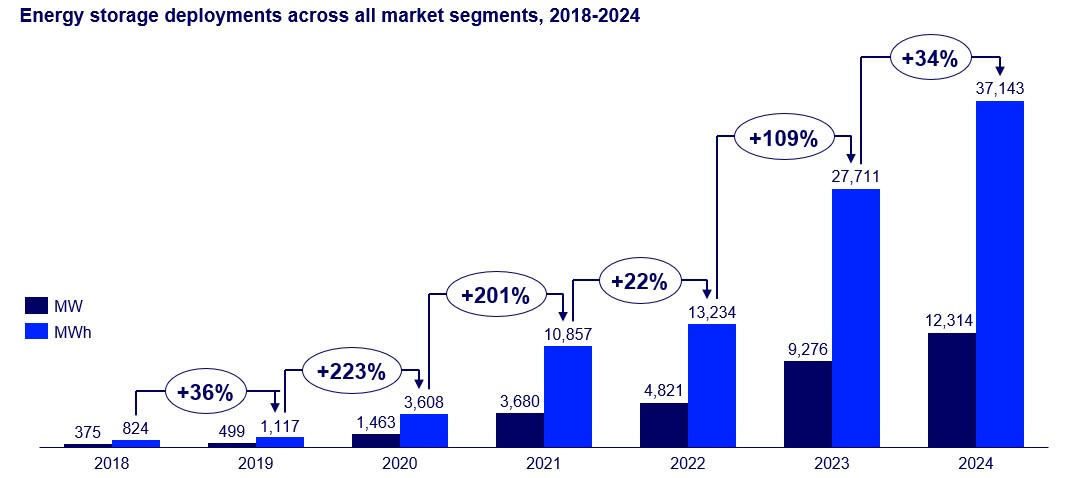Solargik launches Sunnie, the first AI assistant designed for solar site operations
Debuting at RE+ 2025, Sunnie turns raw site data into plain-language answers, actionable insights, and real-time corrective recommendations

Solar operators have long been flooded with dashboards and raw data, but Solargik is pitching a different approach: an AI copilot built specifically for solar sites. At RE+ 2025, the company introduced Sunnie, a large language model-powered assistant that allows operators, EPCs, and investors to interact with live site data in plain language and receive immediate, actionable responses.
Instead of combing through static dashboards, users can ask questions like “Which inverter faults cut output yesterday?” or “How much energy did my three sites produce this week?” Sunnie parses inverter, tracker, battery, and weather data streams to deliver direct answers, highlight root causes, and recommend corrective actions.
“With Sunnie, we’ve bridged the gap between data and decision-making,” said Gil Kroyzer, co-founder and CEO of Solargik. “It turns complexity into clarity, enabling operators to react in real time to real-world conditions.”
Built on Solargik’s SOMA Pro SCADA control platform and its terrain-adaptive trackers, Sunnie adds an intelligence layer to an already integrated hardware and software foundation. The system continuously evolves as new data and site conditions emerge, designed to help owners anticipate problems and connect patterns across multiple assets.
Solargik says Sunnie redefines what a monitoring tool can do by removing barriers between datasets, flagging the factors that matter most, and helping operators move from reactive to proactive site management. “Sunnie steps in when reality happens,” Kroyzer added.
The launch builds on Solargik’s global track record. The company’s trackers are deployed on hundreds of projects across four continents, boosting energy output by 15–25% even on challenging terrain. Its most recent U.S. installation, a South Carolina project with slopes reaching 15%, demonstrated the adaptability of its designs. Other U.S. deployments include agrivoltaics projects in Colorado, Kentucky, Maine, and Nevada.





Comments are closed here.